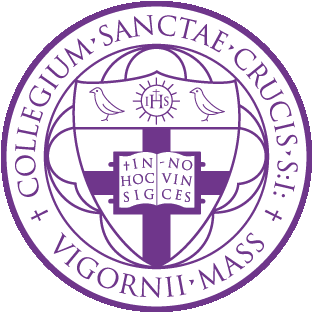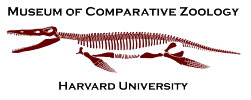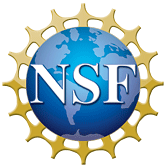Left Tarsometatarsus (Left Fused Element Consisting of Ankle and Middle Foot Bones) of the Atlantic Puffin Fratercula arctica (MCZ 346006)
Rotate: left click on mouse
Zoom: right click on mouse (PC) or command and click (Mac)
Move: left and right click simultaneously (PC) or shift and click (Mac)
| Phylogenic Position | |
|---|---|
| Aves - Neognathae - Charadriiformes - Alcidae - Fratercula - Fratercula arctica | |
| Species Description | |
|
|
|
| Specimen Information | |
| Species | Fratercula arctica (Atlantic Puffin) |
| Element | Left Tarsometatarsus (Left Fused Element Consisting of Ankle and Middle Foot Bones) |
| Specimen Number | MCZ 346006 |
| Sex | Male |
| Location | Canada, New Brunswick |
| Geological Age | Recent |
| Technical Information | |
| Scanner | Roland Picza |
| Resolution | 100 µm |
| Number of Data Points | 22996 |
| Number of Data Polygons | 11500 |
| Date Scanned | January 10, 2012 |
| Scan Technician | Maggie Johnson |
| Edited By | Maggie Johnson |
| Photographs | |
|
View All 1 Images |
|
| Download Digital Model | Size |
| STL File Not Publicly Available | 1.1 MB |
| Other Fratercula arctica (Atlantic Puffin) Elements | |
| Specimen | Element |
| MCZ 346006 | Mandible (Jawbone ) |
| Institution Data Use Policy | |
| http://www.mcz.harvard.edu/privacy/user.html | |




